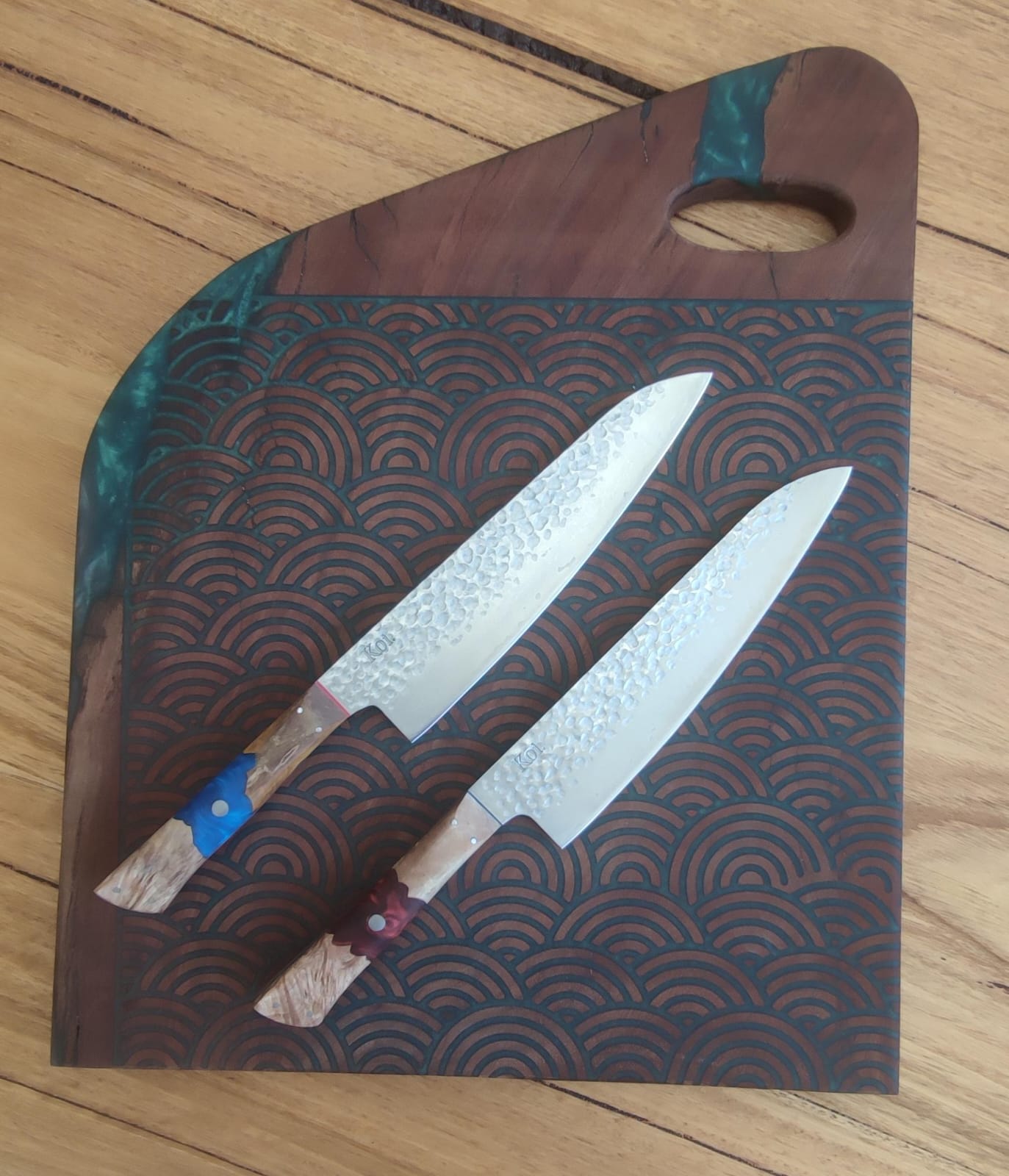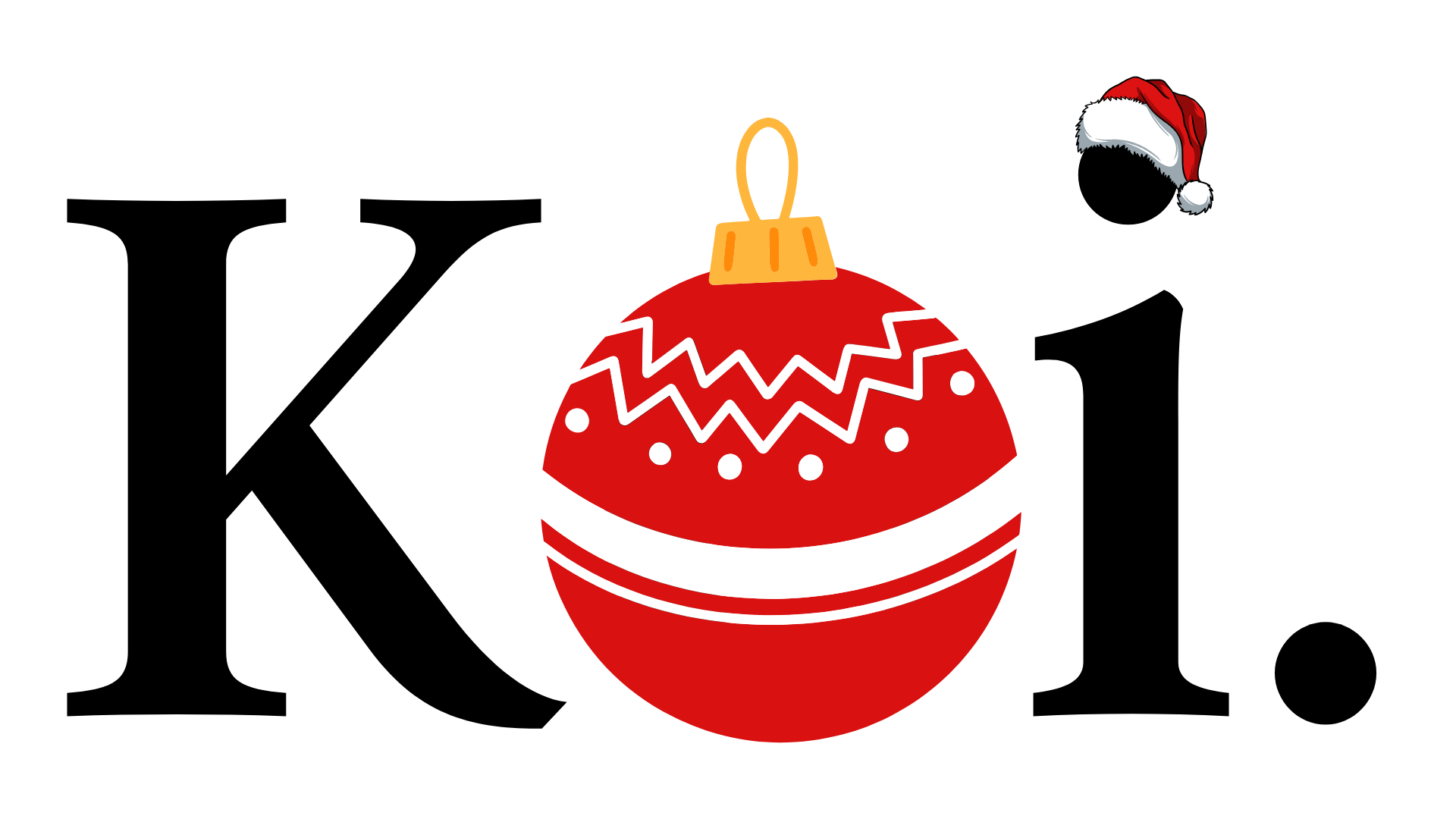Japanese Knives for Melbourne Chefs
Japanese knives are highly prized by many aspiring and professional chefs as well as home cooks in Australia. There is a certain aura about these high-quality knives. There is the fact that they are highly specialized knives that are designed for use for specific tasks.

There is an individuality and unique quality in the design and manufacture of Japanese kitchen knives. No two knives are usually the same and they also have very beautiful and detailed designs. They are thin and ultra-sharp so they typically produce very neat and clean cuts. There is a Japanese knife for virtually every type of food imaginable out there, be they fish, meat, poultry, vegetables or herbs. Some Japanese knives are all-purpose and can be used to cut almost all the ingredients. The thinness and sharpness allow you to make very precise cuts. This quality also means that the Japanese knives are more likely to enhance and preserve the ingredients you use in your food and help accentuate their flavor. The proof as always is in the pudding. When you use a high-quality Japanese knife to prepare your dishes, either as a home cook or professional chef, your family or customers will thank you for it.
The blades in the Japanese knives are extremely thin and also very delicate. They should be handled with care to ensure their longevity. Due to these qualities, these knives should be also used with some care. If you are clumsy with them, you are likely to sustain some deep cuts.
Melbourne chefs use various kinds of Japanese knives. If you are a professional chef or a prolific home cook, you’ll want to have good quality Japanese knives in Melbourne. Another advantage with buying Japanese knives in Australia is that you get top quality knives made with the highest standards of Japanese workmanship but with the more familiar Australian wood handles. That makes it easy for you when you are transitioning from Western or Australian knives into Japanese knives. Most of the Japanese knives in Melbourne are also manufactured from high quality patterned Damascus steel material so if you are looking for that unique character and a beautiful detailed pattern on your knife, you will find it in these top quality and durable knives. These are the kinds of knives used by the Michelin-star chefs in the five-star Japanese restaurants!
The main types of Japanese knives used by Melbourne chefs include the following: -
- Gyuto Knife
- Sujihiki Knife
- Santoku Knife
- Kiritsuke Knife
- Nakiri Knife
- Deba Knife
- Petty Knife
- Paring Knife
- Bunka Knife
The Japanese knives used in Australia can be broadly classified into Western-style Japanese knives and the traditional-style Japanese knives. The Western-style Japanese knives include the Bunka knife, Gyuto knife (or chef’s knife), Nakiri knife, Petty knife and Santoku knife. The traditional Japanese knives include the Deba knife, Kiritsuke knife, Usuba knife and the Yanagiba knife (used in preparing sashimi.)
Below, we look at the common Japanese knives used by Melbourne chefs and home cooks: -
Gyuto Knife
The Gyuto knife is the Japanese Chef’s knife. In Japanese, it is referred to as Gyūtō Bōchō. This is a Western-style Japanese kitchen knife that is used in Japan and around the world. The Gyuto knife is an all-rounder so you can use it to cut pretty much everything ranging from meat to fish, herbs, chicken and vegetables. The gyuto knife is very similar to the Santoku knife but it is available in blade length increments of 30mm from 180mm up to 300mm. The most suitable size for most people is usually the 240mm gyuto knife. It is sometimes referred to as French knife, all-purpose knife or Chef’s knife. Many chefs and home cooks use the gyuto knife as an alternative to the Santoku knife.

Santoku Knife
Santoku in Japanese means “Three virtues”. It can also mean “Three usage”. Just as the name implies, the Santoku knife is an all-purpose knife that can be used to cut three kinds of produce: fish, meat and vegetables. This is a great first knife. You can also put it into general-purpose home use. It is a Western-style Japanese kitchen knife with lengths ranging from 130mm to 200mm. A blade length of 165mm is usually recommended for most users.
Nakiri Knife
The Nakiri is a specialized Western-style Japanese kitchen knife used for cutting vegetables. Like the Santoku knife, it is preferred by many home users. Its uses are largely the same as the Santoku knife but the Nakiri has a rectangular blade. Traditional Japanese Nakiri knives tend to be single-edge blade although there are some that have double-edged blades. Typical lengths for the Nakiri knives range from 120mm to 240mm although a blade length of 165mm is usually recommended for most users.
Bunka Knife
The Bunka is another Western-style Japanese kitchen knife although it is generally less commonplace than its other Western-style counterparts above. The Bunka knives have a blade length that ranges from 120mm to 240mm. It is a highly versatile general-purpose knife that is characterized by its wide blade, straight edge and the sharp triangle-edged tip known as ‘reverse-tanto’ or ‘k-tip’. It is a stylish Western-style knife and is generally costlier.
As a multi-use kitchen knife, you can use the bunka for cutting, slicing, chopping, dicing and even mincing your food ingredients. The Bunka can also be used on a variety of products including fish, meat, vegetables as well as herbs. Apart from its ‘k-tip’, the Bunka shares many similarities with the Santoku knives.
Petty Knife
This is another popular Western-style Japanese knife that is preferred by many Melbourne chefs. Like many other English words, Petty Knife was transliterated into Japanese as ‘Petti Naifu’. Petty knives are shorter with lengths ranging from 80mm to 180mm. Most recommended lengths for petty knives lie in the region of 120mm to 150mm. You can use petty knives for various kinds of foods such as vegetables, herbs, chicken and fish.
Petty knives are generally put into small delicate work in the kitchen such as in peeling fruits and vegetables. They are very versatile knives and can be put into a variety of uses including in decorating cakes and cocktails.
Paring Knives
Paring knives are smaller than the petty knives and are also used for delicate kitchen work like peeling fruits, decorating or to cut cheeses.
Deba Knife
The Deba is a traditional-style Japanese kitchen knife with a very sturdy build and lengths varying from 150mm to 330mm. The most commonly used size is usually 180mm. It is a knife that is designed or built for cutting fish.
Deba knives have a thick spine along with sharp blade edges. The blade has a pointed tip. You use the Deba knife for all your fish cutting including cleaning the fish, filleting and beheading the fish. Because of its sturdy build, the Deba knife is often used to cut poultry and other meat that contain small bones. However, the Deba knife is not suited for cutting through large or thick bones. When using the Deba knife, it is also not recommended that you press perpendicular to the length of the blade as this might cause the blade to crack or chip.
Kiritsuke Knife
The Kiritsuke is a traditional-style Japanese kitchen knife. It is a multi-purpose traditional kitchen knife that is a hybrid between the Yanagiba and the Usuba. The Yanagiba is the Japanese kitchen knife that is used as a raw fish slicer in the preparation of the sashimi while the Usuba is a traditional-style Japanese vegetable knife.
The Kiritsuke is a highly versatile knife with a long blade-like the Yanagiba knife. Typical blade lengths ranges from 240mm to 330mm. The recommended blade length for most users is 270mm. Like the Usuba, it also has a straight cutting edge. This is why it is sometimes regarded as a hybrid between these two and you can therefore use it to also cut herbs and vegetables like the traditional Usuba knives or to slice raw fish and meat like the Yanagiba.
Kiritsuke knives also have a ‘reverse-tanto’ or ‘k-tip’ like the Bunka knives. Together, these features imbue it with a somewhat sword shape.

Yanagiba Knife
The Yanagiba knife is better known as the Japanese sashimi knife and features prominently in Japanese cuisine. It is a traditional-style Japanese kitchen knife with a long blade of lengths ranging from 210mm to 360mm. The most recommended size for the Yanagiba is typically 270mm.
The Yanagiba has the trademark thin and long blade which tapers off towards the tip to create a long and sharp-pointed knife. The Yanagiba knife is used in slicing the boneless fish fillets used in sashimi or in nigiri sushi. You can also put this knife to use in filleting the small to medium-sized fish or in skinning fish. It has a single bevel edge which can make them extremely sharp and well suited for slicing raw fish in a single stroke by pulling the long and thin blades from heel to tip.
This collection is merely the begging for a Japanese knife collection.




